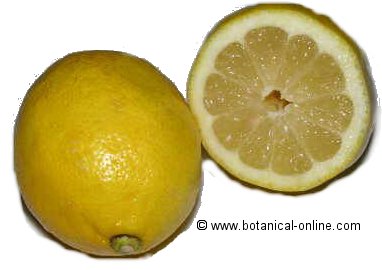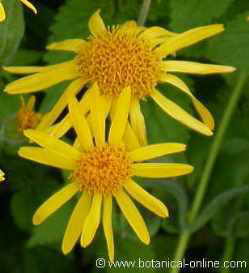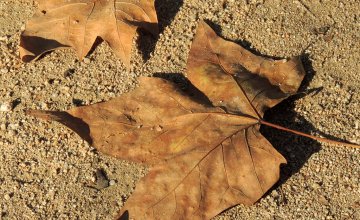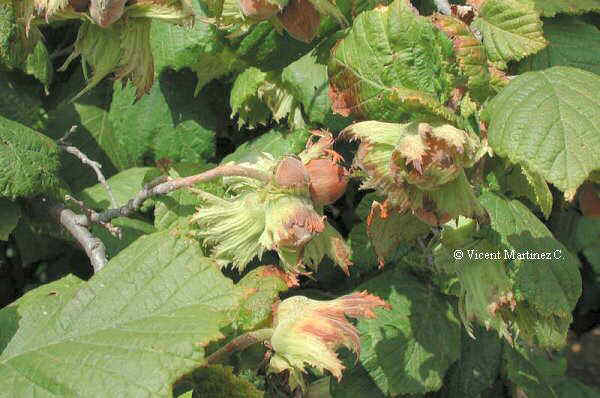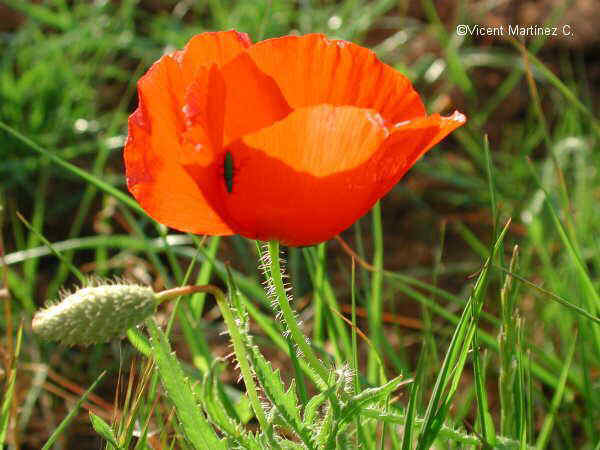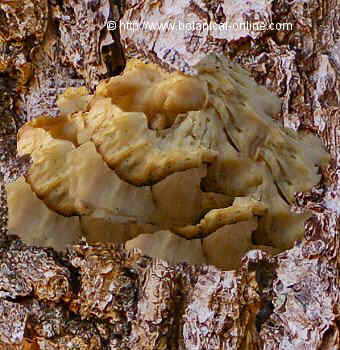Contents
KAMUT IN NUTRITION
What is Kamut?
Kamut is a cereal related to wheat, which was cultivated in Ancient Egypt 5,000 years ago. Currently, this grain has been improved and classified as a durum wheat variety.
It stands out because it contains a lower percentage of carbohydrates than other types of wheat, is more protein and has a higher fat content, of the Omega-6 type.
Due to its characteristics, kamut is mainly used to make pasta and semolina, such as macaroni, spaghetti, spirals, noodles, couscous or bulgur; although some people use it in their diet as whole grain cereal.
The flavor of the grain is sweet, smooth and buttery, since it has almost twice as much fat as wheat.
Nutritional value of Kamut
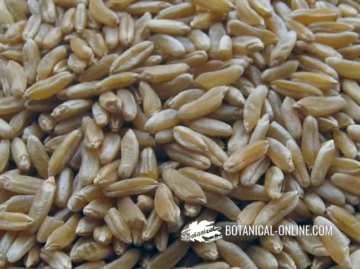
Kamut contains mainly carbohydrates and B vitamins. Carbohydrates are an energy nutrient that you need to work your muscles and brain. Vitamins of group B are also energetic, and they act helping to make better use of carbohydrates.
For these characteristics, kamut, like the group of cereals, is a food naturally designed to give energy and high brain performance. It is recommended for children, students, people with stress and athletes.
This cereal is rich in protein and good quality fats. This makes it a satiating food, ideal in any weight loss diet and for the heart. Likewise, people with hypertension or cholesterol can improve their diet by replacing their pasta or refined cereal with products made with kamut, to benefit from the high nutritional and satiating value of this food.
Differences between kamut and other types of wheat
Finally, we can come to the the conclusion that kamut provides a superior contribution of minerals and trace elements compared to other types of wheat. A study investigated the impact of a diet rich in kamut, and its results were that this cereal increased the levels of minerals in the blood (potassium and magnesium). Furthermore, it is an important source of selenium and zinc, powerful antioxidant minerals.
Kamut in food
We can find kamut in the different forms:
- Whole kamut: This is the whole grain. This is rich in fiber and contains all the nutrients of the grain. It is best suited for people with cholesterol, diabetes or hypertension.
- Kamut drink: It is a type of vegetable drink made with kamut. Because kamut is closely related to organic farming, these drinks are often certified organic. It has similar properties to oat drink. However, it is recommended to look for drinks fortified with calcium.
- Kamut flour: It is used to thicken soups, creams, etc. We will also find it in bread flour mixes.
- Semolina: Its hardness makes it suitable for making couscous and kamut bulgur.
- Food pasta: Because of its high gluten content, this cereal has the perfect hardness, texture and elasticity to make delicious pasta. Are elaborated with kamut pasta products like spirals, noodles, macaroni, spaghetti, etc. Its color is characteristically very dark. The main difference compared to the other pastes is that kamut paste requires more cooking time. However, it can be reheated without losing its firmness.
- Other uses: We can find kamut also in snacks, cookies, frozen foods, prepared food, batters, etc.
| Kamut contains gluten, so it is not suitable for people with celiac disease |
Nutritional comparison of wheat and kamut
| Nutritional comparison of wheat and kamut per 100g. | ||
| Calories (kcal.) | Wheat | Kamut |
| Carbohydrates (g.) | 348 | 359 |
| Proteins (g.) | 70,5 | 66,7 |
| Fats (g.) | 12,3 | 17,3 |
| Fiber (g.) | 1,9 | 2,6 |
| Vitamin C (mg.) | 2,1 | 1,8 |
| Vitamina B1 o thiamine (mg.) | 0,42 | 0,45 |
| Vitamin B2 o riboflavin (mg.) | 0,11 | 0,12 |
| Vitamin E (mg.) | 5,31 | 5,54 |
| Calcium (mg.) | 1,2 | 1,70 |
| Phosphorus (mg.) | 3,9 | 4,2 |
| Iron (mg.) | 117 | 153 |
| Magnesium (mg.) | 400 | 446 |
| Selenium (mg.) | 3,20 | 4,30 |
| Zinc (mg.) | 0,0021 | 0,09 |
![]() More information on kamut
More information on kamut

